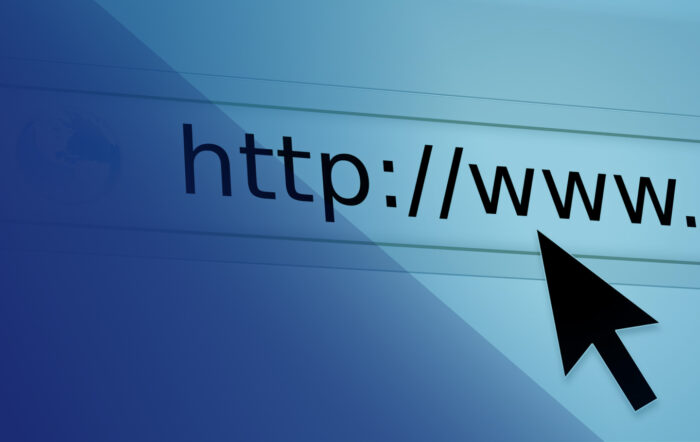
The internet is full of information, but not all of it is reliable. Whether you’re reading an article, watching a video, or browsing social media, it’s important to verify the information you come across. Many sources may appear credible on the surface but can mislead. To make informed decisions, it’s crucial to know how to differentiate between trustworthy and unreliable sources.
Below, you’ll find practical tips for identifying credible sources. These strategies will help you navigate through the sea of information more effectively.
Key Points:
- Check the author’s credibility.
- Verify sources through reputable databases.
- Analyze the publication date.
- Assess biases and objectivity.
- Use reliable tools to cross-check.
1. Check the Author’s Credibility
The author’s background matters when evaluating content. Always check the qualifications of the person or organization that published the material. An expert in a field is more likely to provide accurate information. If the author’s credentials aren’t easy to find, or if they seem questionable, proceed with caution. Look for authors who have a solid track record in their field, relevant experience, or academic credentials.
When checking the source, pay attention to the website or platform where the article is posted. Established academic, scientific, or governmental websites often host information written by subject-matter experts. Always favor these types of sources over unknown websites or blogs without clear authorship.

2. Use Reputable Databases for Cross-Checking
Not every website offers reliable information. For factual topics, always double-check the details using trusted databases or resources. Scientific journals, academic databases, and established news outlets provide credible information because they uphold strict editorial standards. Websites like Google Scholar, JSTOR, and government databases are great places to cross-reference facts. If the information aligns with multiple reliable sources, you can consider it credible.
For fact-checking news and media claims, websites like FactCheck.org and Snopes can offer valuable insights. These resources help filter out misinformation by analyzing the validity of claims.
3. Assess Biases and Objectivity
A credible source presents facts in a balanced way, without letting personal opinions dominate. If the author or publication shows clear biases, it can skew the information in favor of a particular agenda. Always analyze the content for objectivity. Look for sources that present multiple viewpoints on the subject, rather than promoting a single, narrow perspective. Neutral, well-rounded discussions typically indicate higher reliability.
An overly emotional or dramatic tone often points to bias. Stay wary of sources that try to provoke strong reactions without providing solid evidence. Sticking to neutral, factual sources will help you avoid misinformation.
4. Analyze the Publication Date
Timeliness matters when verifying information. A piece of content that was accurate five years ago may no longer be valid today. Always check the publication date to see if it’s still relevant. Old content can be misleading, especially if it pertains to rapidly evolving fields like technology or medicine.
It’s best to rely on the most up-to-date information. When you see an outdated source, try to find a more current one to ensure that the facts are still correct.

5. Cross-Check with AI Detector Tools
There are tools available to help you analyze content for credibility. For instance, if you suspect a text might have been generated by artificial intelligence, you can use a detector de ia such as Zerogpt. These tools can help determine if the information you’re consuming originated from a machine, giving you more insight into its reliability. ZeroGPT uses an advanced detection method to analyze text and ensure it was not written by an AI model, minimizing false positives.
6. Look for Citations and References
Check if the article or piece of content you are reading includes links or references to studies, reports, or other reliable resources. If the source provides solid evidence, it’s more likely to be trustworthy. Always follow the citations to their sources and assess them for accuracy.
Avoid relying on sources that don’t back up their claims with concrete evidence. Unsupported statements should always raise a red flag.
7. Evaluate the Website’s Purpose
A website’s purpose can reveal a lot about its credibility. If a site is meant to inform, educate, or provide a balanced perspective, it’s more likely to be reliable. However, websites that focus primarily on entertainment, selling products, or promoting a specific agenda may not be as trustworthy.
Watch out for websites with excessive ads or aggressive marketing tactics. These sites often prioritize revenue over accuracy and may promote misinformation. Stick to reputable websites whose primary aim is to inform rather than profit.

8. Stay Cautious with Social Media
Social media platforms are rife with misinformation. Anyone can post content on social media, which makes it difficult to verify. Even if a post gets thousands of likes and shares, it doesn’t mean it’s accurate. Always cross-check information you find on social media with reputable sources before trusting it.
Many platforms, like Twitter and Facebook, have fact-checking features, but they’re not foolproof. Always take the extra step to verify claims on social media yourself.
9. Spot Fake News
Spotting fake news is a skill everyone needs today. Fake news often relies on sensationalism or emotional appeals to grab attention. It can spread quickly, especially on social media. Look for the following signs of fake news:
- No named author or source
- A lack of references or supporting evidence
- Sensationalist or inflammatory headlines
- Overly emotional or biased tone
If an article checks off several of these points, it’s likely not credible. Stick to news outlets known for journalistic integrity and verified reporting standards.
10. Check the URL for Credibility
Often, credible websites have URLs ending with .edu, .gov, or .org. These domains are typically reserved for educational institutions, government entities, and non-profit organizations, all of which have stricter standards for accuracy. Be cautious of websites with .com.co or similar extensions, as these can sometimes mimic reputable sources while spreading false information.
While not all .com websites are unreliable, it’s a good rule of thumb to lean toward educational or governmental domains when looking for factual information.

11. Avoid Information Behind Paywalls
Many unreliable sources place information behind paywalls to seem more legitimate. A source that asks for payment before providing details is often more interested in profit than accuracy. Avoid relying on paywalled sources unless you can verify that they are from a well-known, respected institution or publisher.
Trustworthy information is often available through free, accessible resources like public libraries, academic journals, and government websites.
12. Use Multiple Sources
Never rely on a single source for information, especially for important topics. Cross-checking with multiple reliable sources ensures you get a well-rounded view of the issue. If the same information appears in various credible places, it’s more likely to be accurate.
When comparing sources, make sure that they offer different perspectives. Reading only from sources that agree with one another can limit your understanding and lead to confirmation bias.
Final Thoughts
Verifying information online can be challenging, but it’s essential to avoid misinformation. By using trusted databases, cross-referencing, and tools like AI detectors, you can ensure that the sources you rely on are credible.
Pay attention to the author’s qualifications, avoid biased or overly emotional sources, and always use the most up-to-date information available. Trusting only reliable sources will help you stay informed and make better decisions based on accurate facts.














